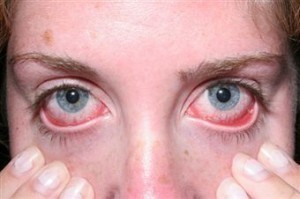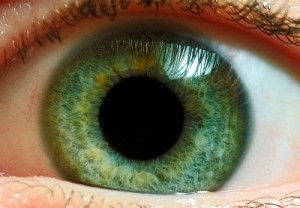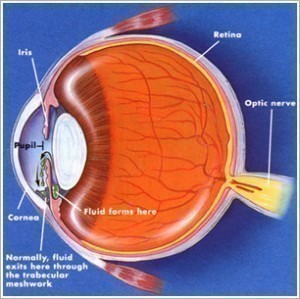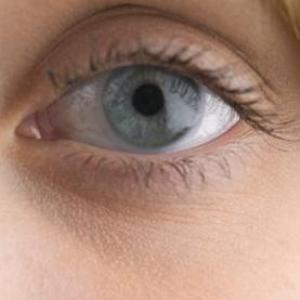Treatment for Pink Eye
Also known as conjunctivitis, this infection is an inflammation of the conjunctiva, the membrane lining the eyelid. This causes blood vessels to appear more visible, hence its pinkish / red color.
Pink Eye Treatment for Bacterial Conjunctivitis
Your doctor could prescribe antibiotic eyedrops if the cause is bacterial in origin. This should remove the infection in a few days. Sometimes eye ointments are used instead, especially among children.
Ointments are easier to apply on small children and babies. It is normal for vision to be blurred up to twenty minutes after application. Some types of medication may show improvement within a couple of days.
Important: make sure you use the eye treatment for the duration recommended by your doctor. Stopping the treatment prematurely when your eyes get better may lead to a recurrence of the symptoms.
Allergic Conjunctivitis
The doctor may prescribe one of the various eyedrops available. Among them are anti-inflammatory drops, antihistamines, steroids, decongestants and mast cell stabilizers.
Viral Conjunctivitis
Viral conjunctivitis will not respond to antibiotic pink eye treatments. The over the counter (OTC) medications are used for relieving the symptoms only. The symptoms are most severe for the first three days. Afterwards these will fade away. However it may take a couple of weeks before the virus disappears totally.
Signs and Symptoms
The most prevalent symptom is redness in one or both of the eyes. The redness is accompanied by itchiness and a somewhat gritty feel in them. Some have a discharge in the eyes.
Those with conjunctivitis often feel as if there is something lodged in them as well. Upon waking, the eye may be hard to open due to the discharge. The severity of these symptoms will vary.
Causes
The major sources are bacteria, viruses and allergies. Foreign objects that get stuck in the eye may cause conjunctivitis. Chemicals that get in the eye can also produce redness. The bacterial and viral conjunctivitis can afflict both eyes.
The viral conjunctivitis generates a watery discharge, either mucous or watery. The bacterial discharge has a yellow-green color and is quite thick. This is usually connected with a sore throat or respiratory infection. Bacterial and viral conjunctivitis can be linked to colds.
Bacterial and viral variants are contagious. Children and adults are susceptible to them. Allergic conjunctivitis will afflict both eyes. It is the response to a substance causing the allergy. These allergens may include dust, pollen, pet dander, cigarettes smoke, exhaust, pollution etc.
When you get allergy, the redness or pinkness may appear suddenly or gradually. It is usually accompanied by severe itching, tearing and nasal discharges. There is sneezing as well. Some people get membrane swelling. It will seem like there are clear blisters in the white of the eyes.
Mucous discharges are associated with the conjunctivitis resulting from chemicals or some kind of foreign object getting into the eyes.
There are now many pink eye treatments, so the infection can be managed well. What is vital is that the cause is determined so the appropriate medication can be used.






